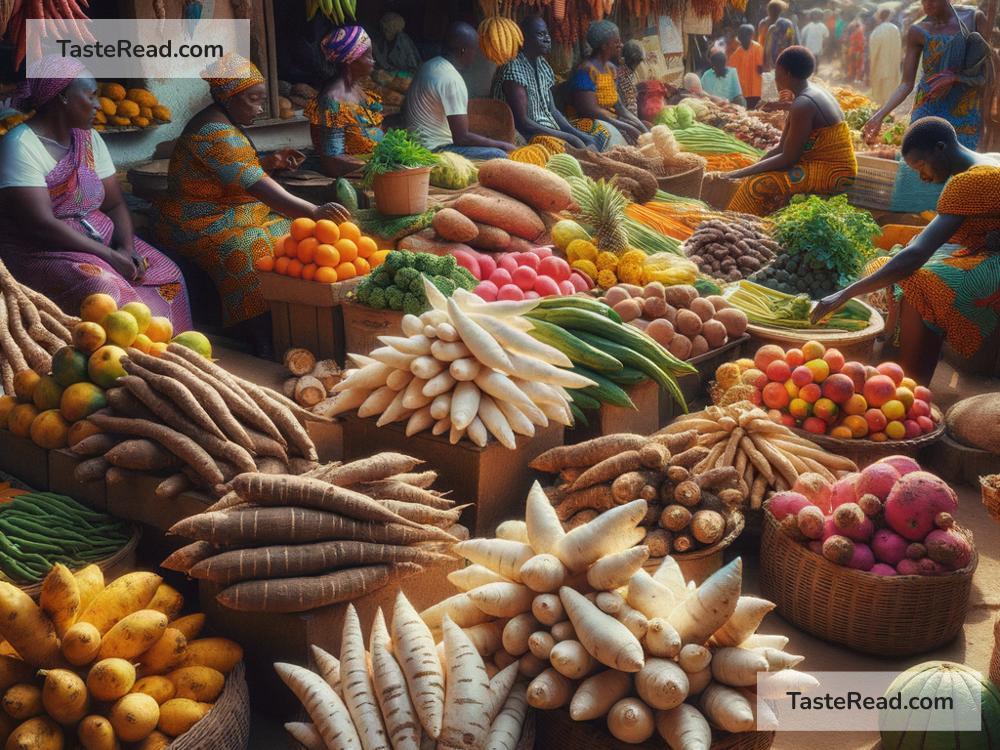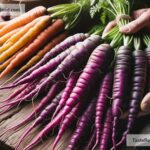Why Cassava is a Staple in Tropical Diets
Cassava is a root vegetable that has become a key part of many diets in tropical regions around the world. It is also known as yuca or manioc in some areas. This crop is not only filling and versatile but also essential to the livelihoods of millions of people, especially in Africa, South America, and parts of Asia. But why is cassava such an important food in these regions? Let’s explore.
Cassava Grows Well in Tropical Climates
One of the main reasons cassava is a staple food is because it grows easily in tropical climates. The plant is tough and can survive in challenging conditions, such as poor soil quality or drought. Unlike crops like wheat or rice that require specific conditions to thrive, cassava is flexible. Tropical regions often face unpredictable weather, and cassava can handle it better than many other plants. This reliability makes it a popular choice among farmers in areas where food stability is crucial.
Cassava Is Filling and Provides Energy
Cassava is rich in carbohydrates, which are the main source of energy for the human body. People who eat cassava feel full for a longer period of time, which is important in areas where food can be scarce. Although it doesn’t provide much protein or fat, cassava serves as a foundational food that people can pair with other ingredients to balance their meals.
For this reason, cassava is often called a “survival crop.” In times of famine or food shortages, it keeps people nourished and provides the calories they need to keep going.
It’s Affordable and Easy to Grow
Not only does cassava grow in harsh conditions, but it is also inexpensive to produce. Farmers don’t need fancy equipment or large investments to grow cassava. This makes it accessible to small-scale farmers who don’t have a lot of resources.
Cassava plants don’t need much care or expensive chemicals like fertilizers and pesticides. After planting, they grow relatively fast and can be harvested year-round depending on the region. This makes cassava an ideal crop for farmers who rely on their harvests to feed their families and communities.
Cassava Can Be Made into Many Foods
Another reason cassava is so important is because it can be prepared in many ways. The starchy root can be boiled, fried, roasted, or ground into flour to make bread or cakes. People even use it to make snacks like cassava chips or desserts. Tapioca, a popular ingredient in puddings and bubble tea, comes from cassava starch.
In countries like Nigeria, cassava is used to make a dish called garri, which is a type of ground cassava that is cooked and eaten with soup. In Brazil, cassava flour is used in baked goods or toasted and sprinkled over food as a crunchy topping. Southeast Asian countries also use cassava to make sweet treats. This versatility is one of the reasons cassava has become such an irreplaceable crop in tropical regions.
Cassava Is a Lifesaver in Times of Crisis
In many tropical regions, particularly in Africa, people face challenges like food shortages, failing crops, or economic hardship. Because cassava grows in tough conditions and doesn’t require much effort to plant, it helps prevent hunger during difficult times. When other crops fail due to disease or bad weather, cassava can still provide food.
For example, during periods of drought in parts of Africa, cassava continues to grow while other crops die. This ability to withstand tough conditions makes cassava a lifesaver for communities that depend on agriculture for survival.
Cassava Is Part of the Culture
Cassava isn’t just important for survival—it’s also part of the culture in many tropical regions. Over centuries, people have learned how to turn this humble root into delicious recipes that are a daily part of their lives. Families pass down these cooking traditions from generation to generation, making cassava a meaningful food that represents heritage and identity.
In addition to its role in food, cassava is also important economically. Many small farmers sell cassava to earn money, supporting their families and local economies. Different countries have developed industries around cassava, such as processing it into flour or starch for export.
Risks of Eating Cassava Incorrectly
While cassava is a valuable crop, it’s important to prepare it properly before eating. Raw cassava contains compounds that can be toxic if not treated correctly. These are removed during cooking, grinding, or drying processes. Most people in tropical regions know how to prepare cassava safely because of the knowledge passed down in their families and communities.
Conclusion
Cassava is more than just a root vegetable—it’s a source of survival, a cultural staple, and an economic lifeline in tropical regions. Its ability to grow in harsh conditions, fill hungry stomachs, and be transformed into diverse meals has secured its place as one of the world’s most important crops. Although it isn’t as widely known in non-tropical countries, cassava is a lifeline for millions and deserves recognition for its role in feeding the world.
So, next time you see cassava or tapioca at the store, think about how this humble root is making a powerful impact in tropical communities across the globe!


